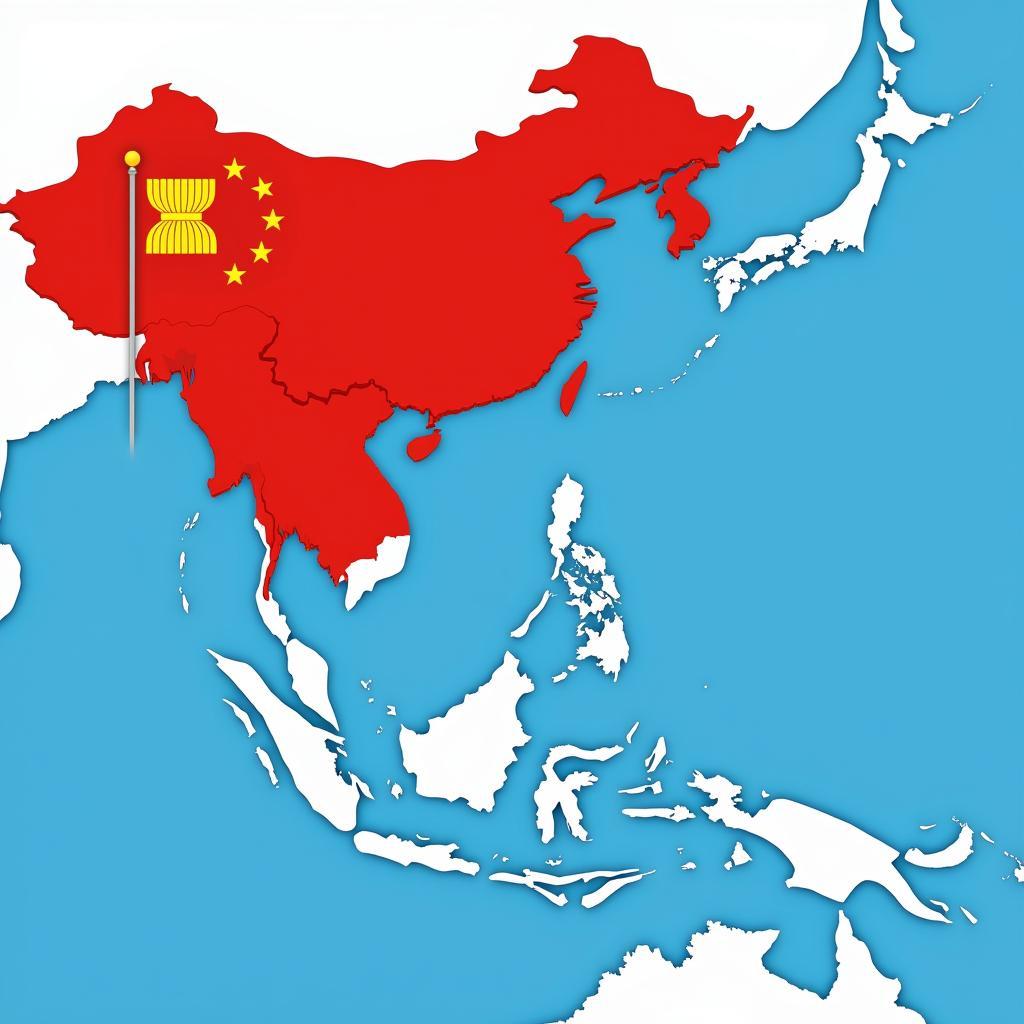The year 2018 marked a pivotal point in the ongoing South China Sea disputes. While the international community watched with bated breath, ASEAN (Association of Southeast Asian Nations) demonstrated a nuanced approach towards navigating the complexities of the situation. This article delves into ASEAN’s response to the South China Sea disputes in 2018, highlighting the key events, strategies, and implications for regional stability.
 ASEAN Diplomatic Efforts in the South China Sea
ASEAN Diplomatic Efforts in the South China Sea
ASEAN’s Balancing Act: Navigating between Dialogue and Deterrence
2018 witnessed ASEAN’s persistent efforts to maintain equilibrium between engaging in constructive dialogue with China and upholding a firm stance on the principles of international law. The regional bloc remained committed to pursuing a peaceful resolution to the disputes, recognizing the critical importance of maintaining peace and stability in the South China Sea for regional prosperity.
One of the significant developments in 2018 was the progress made on the Code of Conduct (COC) negotiations between ASEAN and China. The COC, envisioned as a legally binding agreement, aimed to establish guidelines for managing maritime activities and preventing incidents in the disputed waters.
 Code of Conduct Negotiations Between ASEAN and China
Code of Conduct Negotiations Between ASEAN and China
Strengthening ASEAN Centrality: A United Front Amidst Challenges
Despite the complexities and differing perspectives among its member states, ASEAN remained steadfast in its commitment to upholding its central role in regional security architecture. The bloc emphasized the importance of unity and solidarity in addressing the South China Sea issue, recognizing that a divided ASEAN would be detrimental to its interests.
ASEAN’s unity was particularly evident in its joint statements and communiqués issued throughout 2018. These statements consistently reiterated ASEAN’s shared concerns over land reclamations, militarization, and the importance of upholding freedom of navigation and overflight in the South China Sea.
Looking Ahead: ASEAN’s Enduring Role in Shaping the Future of the South China Sea
ASEAN’s response to the South China Sea disputes in 2018 underscored its unwavering commitment to dialogue, diplomacy, and regional stability. While challenges persist, ASEAN’s proactive engagement and consistent efforts to foster cooperation provide a glimmer of hope for a peaceful and prosperous future for the South China Sea.
 ASEAN's Role in Shaping the Future of the South China Sea
ASEAN's Role in Shaping the Future of the South China Sea
FAQ
1. What was the significance of the Code of Conduct negotiations in 2018?
The COC negotiations in 2018 marked a crucial step towards establishing a legally binding framework for managing maritime activities and preventing incidents in the South China Sea.
2. How did ASEAN maintain unity despite differing views among its members?
ASEAN emphasized dialogue and consensus-building, recognizing that a united front was essential for effectively addressing the South China Sea issue.
3. What is ASEAN’s long-term vision for the South China Sea?
ASEAN envisions a South China Sea that is peaceful, stable, and prosperous, where international law is respected, and disputes are resolved through peaceful means.
Need Assistance?
For any inquiries or support, please contact us:
- Phone: +84 369020373
- Email: aseanmediadirectory@gmail.com
- Address: Thon Ngoc Lien, Hiep Hoa, Bac Giang, Vietnam
Our dedicated customer support team is available 24/7 to assist you.


